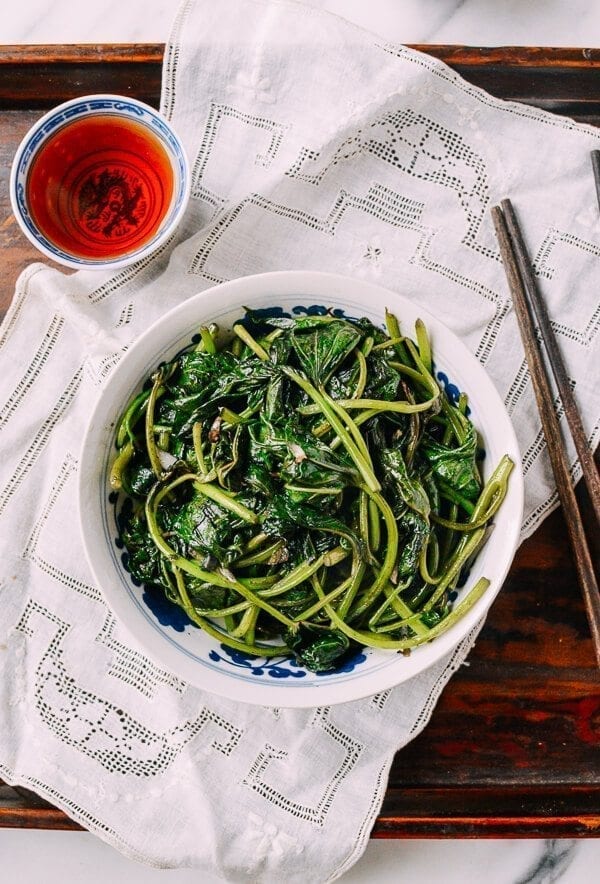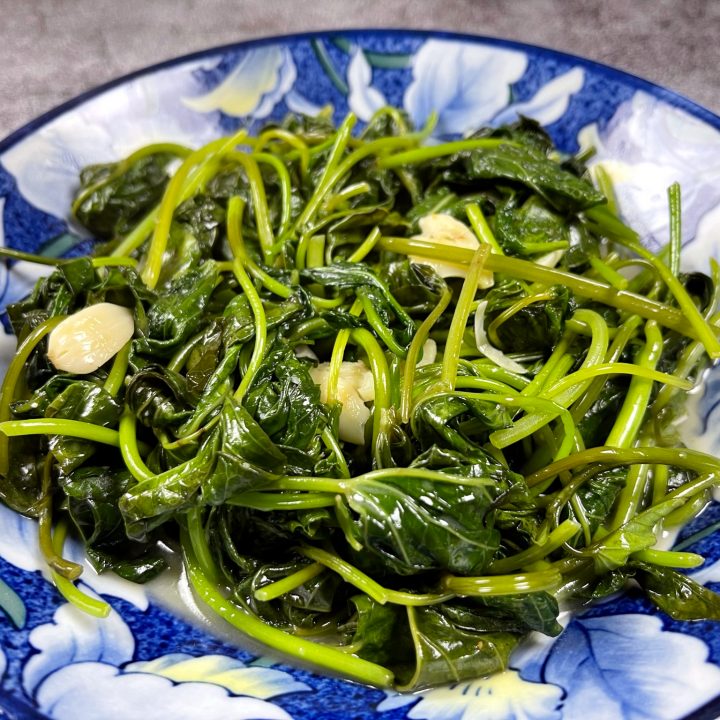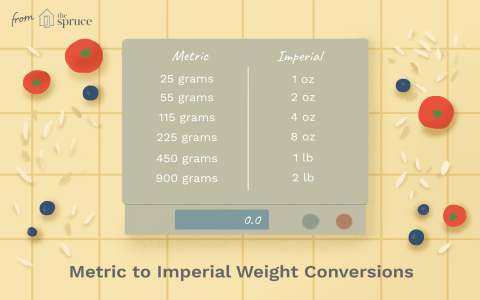How to Prepare Sweet Potato Leaves
Sweet potato leaves, often overlooked in culinary circles, are a hidden gem packed with nutrients and flavor. While many are familiar with the orange-fleshed delight of sweet potatoes themselves, the greens of the plant are equally valuable. Featuring a mild, slightly earthy taste, these leaves can enrich a variety of dishes, making them a wonderful addition to anyone’s diet.

To begin with, selecting the right sweet potato leaves is crucial. Ideally, you want to choose younger, tender leaves, which are more flavorful and less fibrous. Look for vibrant green leaves that are free from any serious blemishes or signs of wilting. If you’re fortunate enough to grow your own sweet potato plants, the leaves can be picked fresh during the early summer months. Otherwise, many Asian grocery stores carry fresh sweet potato leaves throughout the year.
After you’ve procured your sweet potato leaves, the next step is proper preparation. Rinse the leaves thoroughly under cold water to remove any dirt or pesticides. Gently pat them dry with a towel. At this point, you can decide whether you prefer to use the whole leaf, or if you would like to trim them into smaller pieces. Removing the thicker stems can enhance the texture, making the leaves easier to cook and eat.
When it comes to cooking sweet potato leaves, the options are plentiful. One popular method is stir-frying, which retains the vibrant color and nutrients. Heat a tablespoon of oil in a skillet, and once it’s hot, add minced garlic or ginger for that aromatic boost. Toss in the washed leaves and sauté them for about 3-5 minutes until they have wilted yet retained some of their structure. For added flavor, consider incorporating soy sauce, sesame oil, or a touch of chili for spice.
Another delightful preparation method is steaming. This technique is great for those who want to keep their greens tender and vibrant without the added fat. Place washed sweet potato leaves in a steaming basket over boiling water. Cover and steam for approximately 5-7 minutes. Once they are bright green and tender, you can dress them with a squeeze of lemon juice, a sprinkle of salt, and a drizzle of olive oil for a fresh, tasty side dish.
Incorporating sweet potato leaves in soups or stews can add a wonderful depth of flavor. Simply chop the leaves coarsely and add them toward the end of your cooking process. This method ensures that the leaves remain slightly firm and flavorful without becoming mushy. Pairing sweet potato leaves with ingredients like tomatoes, lentils, or beans can enhance both the texture and nutritional value of your meal.
For those looking for a healthy snack option, raw sweet potato leaves can also be enjoyed. A simple salad can be made by tossing fresh leaves with other ingredients like cucumber, carrots, and a light vinaigrette. The mild flavor of the leaves can complement the sharper tastes of other vegetables beautifully.
Nutritionally, sweet potato leaves are packed with vitamins and minerals. They are a great source of vitamins A, C, and K, as well as calcium and iron. Additionally, they are rich in antioxidants and can aid in reducing inflammation in the body. With their low-calorie count, these leaves make a fantastic option for a health-conscious individual.
The versatility of sweet potato leaves means they can be easily substituted into your favorite recipes that traditionally call for other leafy greens like spinach or kale. The ability to experiment with flavor profiles makes them an exciting ingredient to work with in the kitchen.

Ultimately, learning how to prepare sweet potato leaves can vastly expand your culinary repertoire. Whether you choose to stir-fry, steam, or add them fresh to salads, their unique texture and mild taste will likely surprise and delight you. The next time you encounter this leafy green, consider bringing it home and trying out one of these preparation methods. You may find that sweet potato leaves are not just a side dish, but a star ingredient in their own right.



